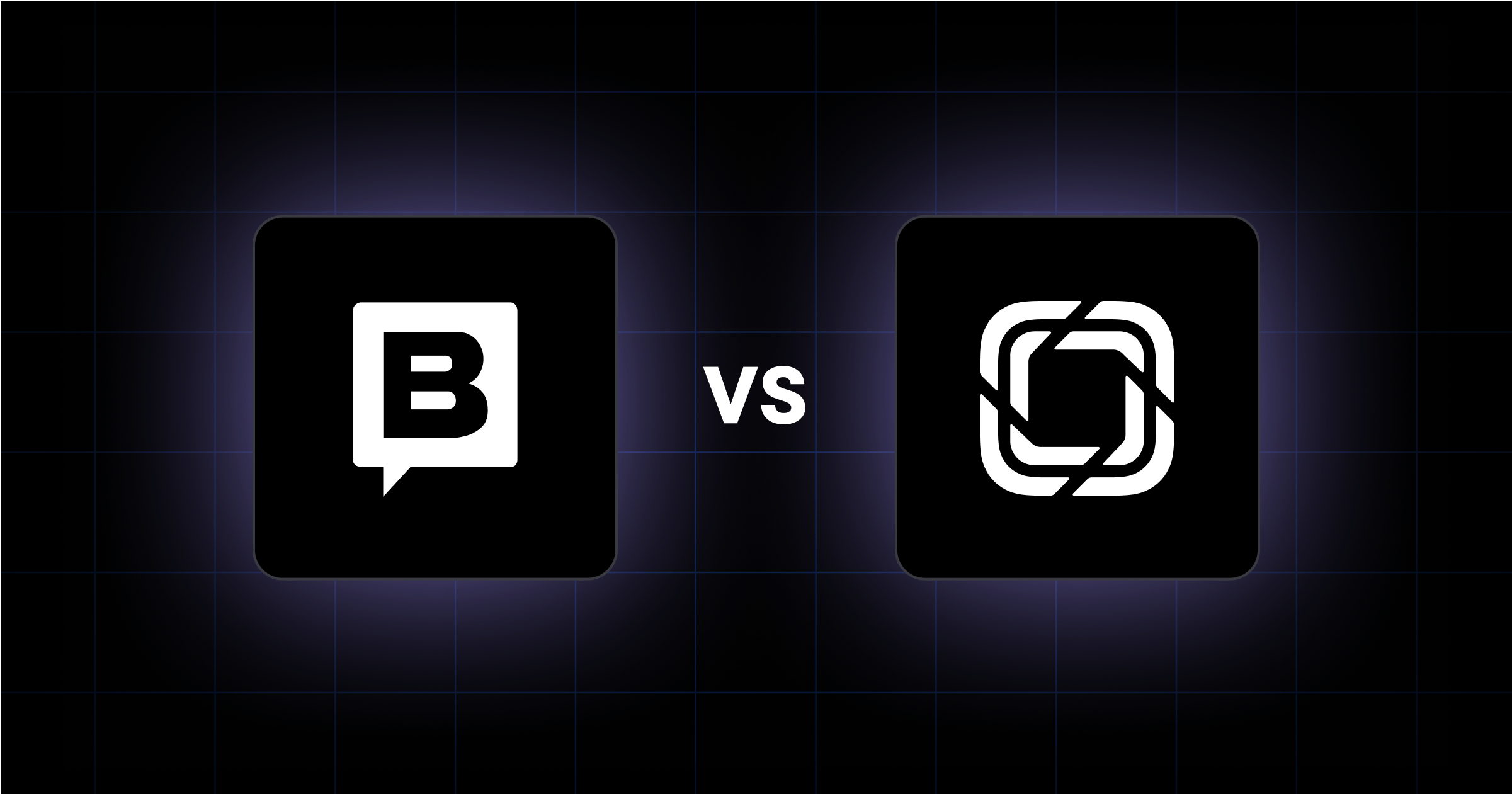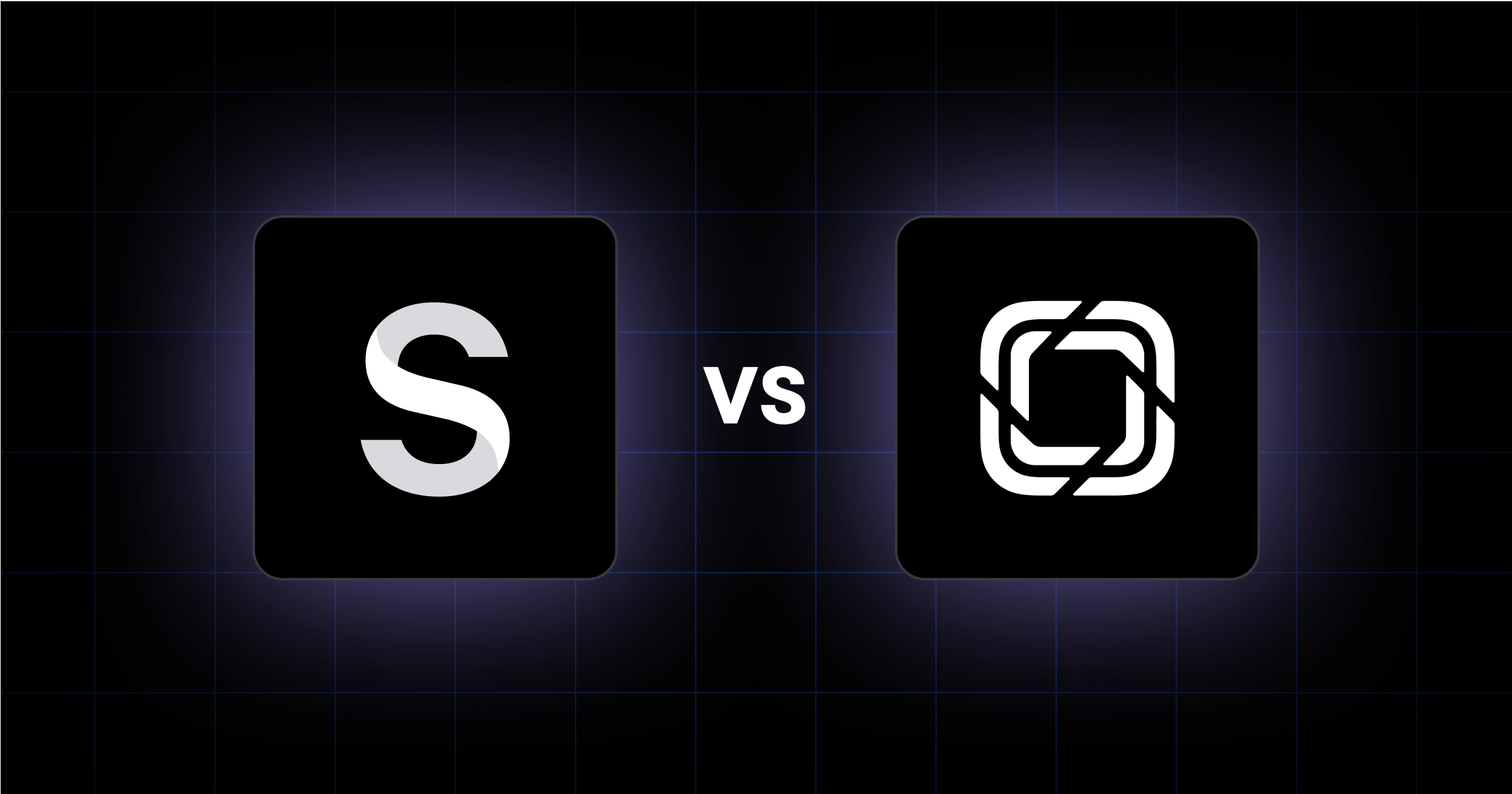A good website structure guides search engine crawlers through your site and helps visitors find exactly what they need. To create an SEO-friendly website design structure, you need to organize your pages to reflect user interests and use an intuitive site hierarchy.
As an important aspect of website design, the structure also reduces bounce rates and attracts more qualified leads.
In brief:
- A logical website structure boosts SEO by making it easier for search engines to crawl and index your content.
- Organized pages improve user engagement, leading to longer visits and lower bounce rates.
- Avoiding website design mistakes and aligning your site with user interests attracts more qualified leads.
1. Establish a Simple and Logical Site Hierarchy
A clear hierarchy allows search engine bots to quickly find and index your content, so your search visibility improves. For users, reaching information in fewer clicks leads to longer visits and lower bounce rates.
Begin by selecting a few main categories that represent your site's core themes. These sit at the top of your structure, hosting subtopics or child pages underneath. Keeping the hierarchy no more than three levels deep will make sure all pages are accessible and avoids navigation issues. For example, a corporate site might feature "About Us," "Services," and "Contact" at the top, with related subpages branching out.
Breadcrumbs offer users a trail through the categories and subcategories they've visited. This secondary navigation is convenient for users and provides search engines with information about page relationships. When crawlers detect a breadcrumb path, they index your content more accurately, improving the chances of your pages appearing in relevant search results.
2. Optimize URL Structures
Creating an SEO-friendly website structure includes optimizing your URLs. This is an important step because they communicate page relevance to search engines and visitors.
Keep your URLs short, descriptive, and aligned with each page's content. For example, "https://www.example.com/effective-seo-strategies" immediately tells users and bots what to expect. Use lowercase letters and hyphens between words for clarity. A logical folder structure signals the hierarchy, helping search engines recognize your site's main themes.
Keywords can make URLs more relevant, but overloading them can hurt more than help. Stick to a single keyword that accurately reflects the page topic, like "https://www.example.com/best-seo-practices". The goal is to inform without overwhelming readers or triggering search engine penalties.
Overly long URLs with random parameters such as "https://www.example.com/article?id=12345&cat=6789&track=24" are confusing and off-putting.
3. Implement Internal Linking Strategies
Internal links are pathways that guide search engines and visitors to your most important pages.
Search engines use internal links to discover new pages and understand how your content is connected. When crawlers follow these paths, they index your content more efficiently. Strategically linked pages may receive better rankings. Users benefit too: relevant links encourage deeper exploration and reduce bounce rates.
Follow these best practices for internal linking:
- Create a Logical Structure: Define your categories and subcategories clearly and reflect that in your linking strategy.
- Identify Important Pages: Highlight pages that drive conversions or offer key information, and link to them frequently to boost their authority.
- Maintain a Balanced Link Volume: Overloading a page with links hurts readability. Use tools like Semrush to find areas needing link adjustments.
- Regularly Audit Links: Broken or irrelevant links frustrate users and weaken SEO.
A link’s anchor text should clearly describe the destination. Instead of using "Click here," choose relevant phrases like "internal link checklist." A balanced variety of keyword-rich anchors keeps your site informative without feeling spammy.
4. Use Pillar Pages and Topic Clusters
Pillar pages anchor a broad topic that's importanr to your audience and business goals. Each pillar page covers key aspects of its theme, then branches into supporting articles, or "cluster content," for deeper insights. This approach signals to search engines that you're an authority on that subject.
To create a cluster strategy, choose a broad subject relevant to your brand. Develop a pillar page that addresses the fundamentals, then build cluster content to explore specific ideas. Linking those subtopics back to the pillar—and to each other—shows Google the depth of your coverage.
For example, a digital marketing agency might present "SEO Basics" as a pillar, with individual posts on link building, on-page factors, and keywords branching off. Everything points back to the main page, establishing it as a central hub for learning SEO. Similarly, a health site could group content under "Holistic Wellness," then spin off articles on mindfulness, nutrition, and mental health.
5. Optimize Navigation for UX and SEO
Design your navigation system in a way that helps users find what they want without hassle. This boosts time on site and reduces bounce rates, which can positively affect your rankings.
For a good navigation system, follow these tips:
- Limit horizontal categories: Aim for around seven or eight top-level headings to avoid overwhelming users.
- Keep it shallow: Limit your menu depth to no more than three levels when possible.
- Aim for symmetry: Distribute subpages evenly among categories for a balanced layout.
If visitors need more than three clicks to reach a key page, they might lose interest. Link important pages close to the homepage, make them visible in the main menu, or use breadcrumb navigation.
6. Improve Site Speed
Google values site speed, and users are even more sensitive to slow load times. A fast site leads to better rankings, visitor satisfaction, and conversion rates.
Google PageSpeed Insights gives you a clear picture of what's slowing you down. It assigns a performance score and highlights problem areas, such as oversized images, unoptimized code, and server inefficiencies. The tool also offers suggestions to fix these bottlenecks.
Use these technical fixes for faster load times:
- Compress images to reduce file sizes without losing quality.
- Use a CDN to deliver content from servers closest to your users, reducing latency.
- Minify your code to remove unnecessary characters in CSS, JavaScript, and HTML files.
- Enable browser caching, which saves static elements on visitors' devices and decreases load times on repeat visits.
- Implement lazy loading to load images only when they come into the user's view.
- Improve server response and upgrade to a faster hosting solution if needed.
7. Conduct Regular Site Audits for Structural Health
Regular check-ups on your site structure help you catch issues before they become major SEO problems. Get started with the following:
- Crawl your website with tools such as Screaming Frog or Semrush that list all your pages and flag errors.
- Review site architecture and flatten your structure so important pages aren't buried.
- Keep monitoring website speed and confirm mobile responsiveness.
- Verify that titles, meta descriptions, and headers match each page's content.
- Keep URLs descriptive and free of unnecessary parameters.
You should also fix any broken links and orphan pages.
Broken links undermine trust and block bots from navigating your site smoothly. Find them using Google Search Console or other link checkers to keep your site reliable. Orphan pages (content without any links pointing to it) are also problematic because it’s harder to users and search engines to find them.
Create a Website Structure That Ranks, Engages, and Converts
A strong website structure does double duty. It helps search engines crawl your pages easily and guides visitors to what they need without frustration.
The best site structures stand the test of time because they focus on the fundamentals: clarity, crawlability, and relevance. When search engines can easily index your pages and users can quickly find answers, you’ll see better rankings, longer visits, and more conversions.
Looking to future-proof your website structure? A headless CMS offers flexibility and scalability, and makes it easier to implement an SEO-friendly design that grows with your business.
To simplify your transition, we've created a headless CMS implementation checklist, a step-by-step guide to help you move from traditional to headless without headaches.




